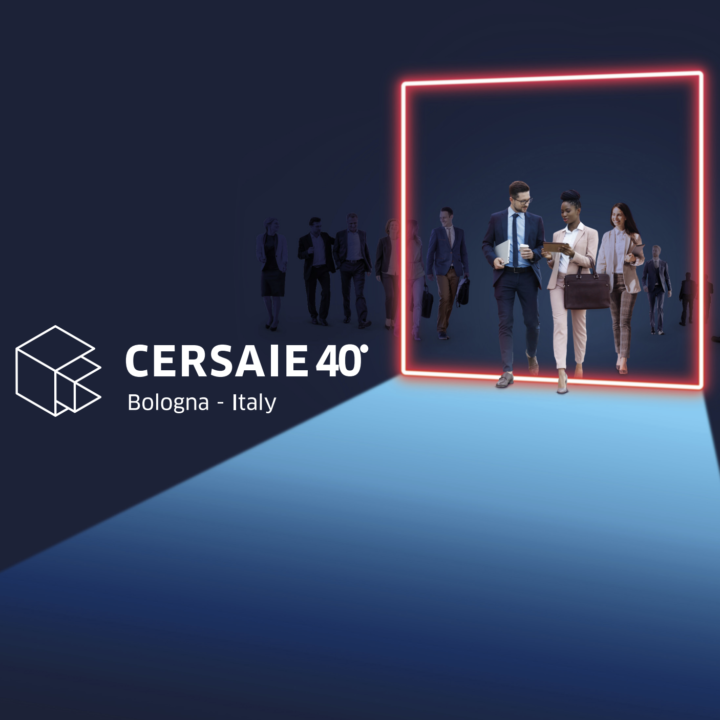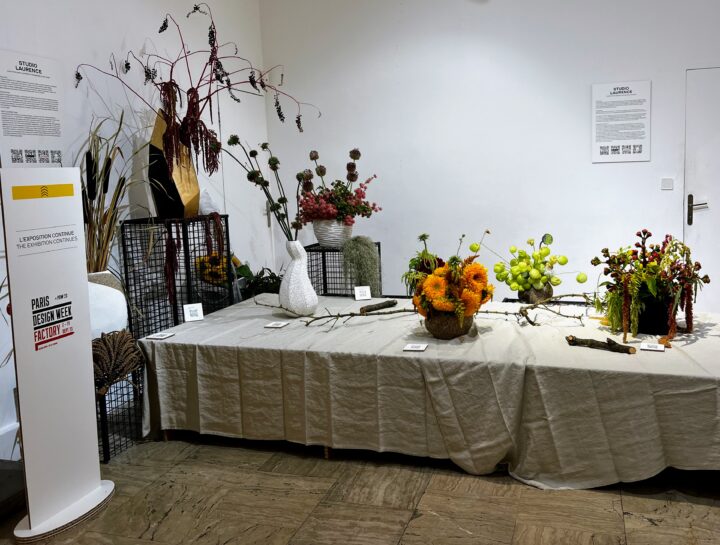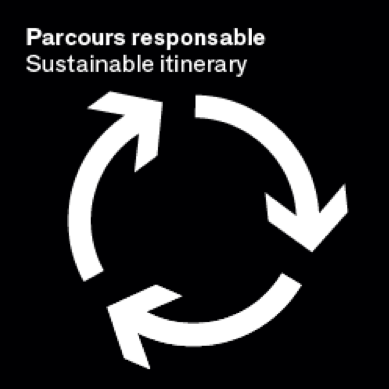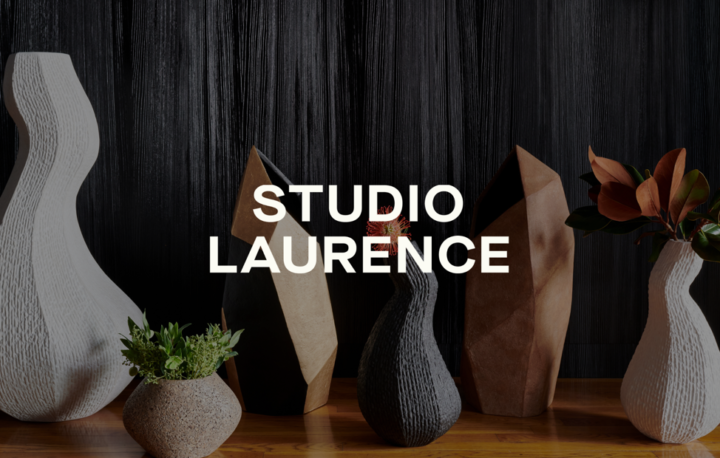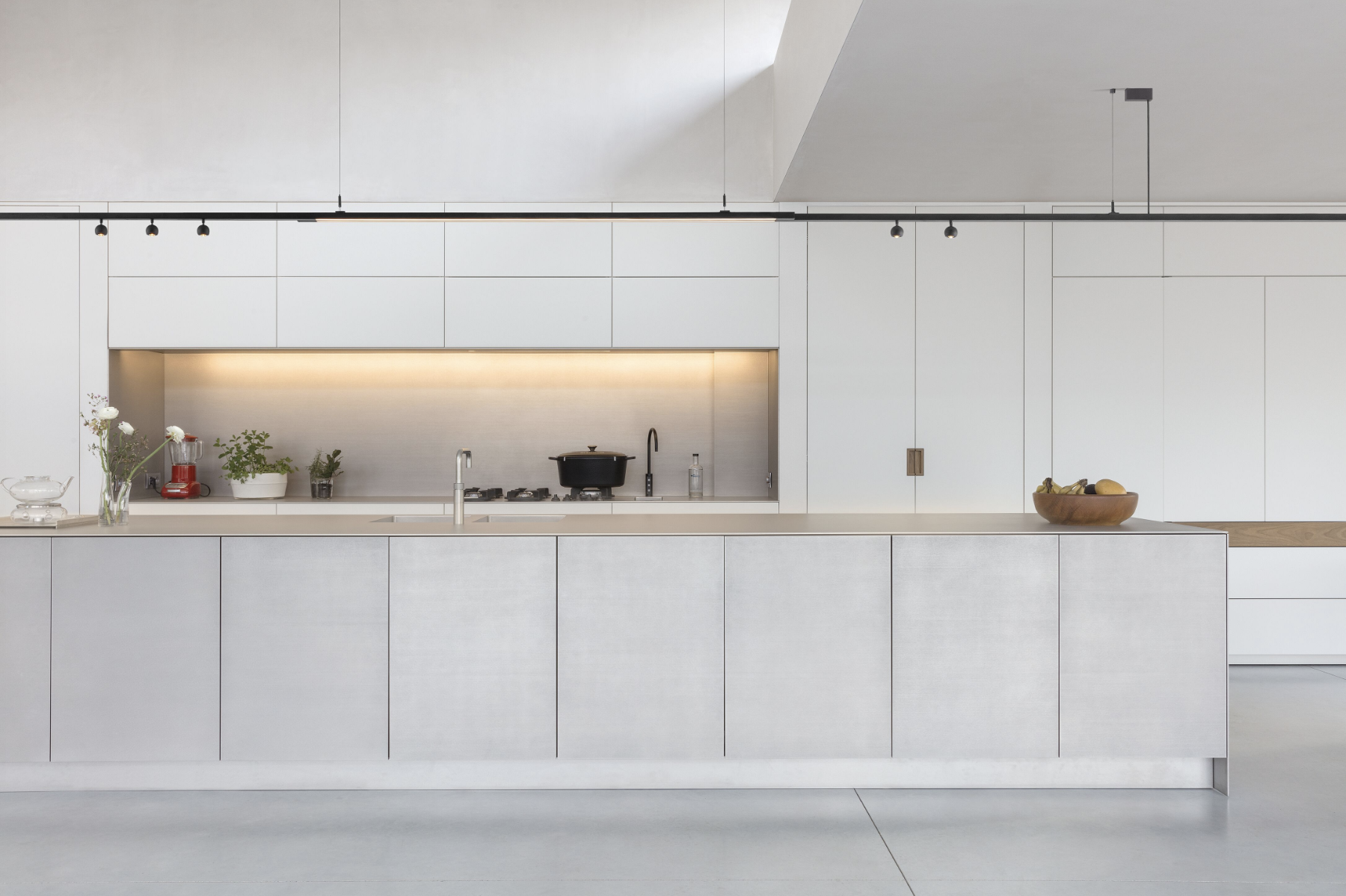
Lighting is a category that sets the tone for our environments, but its importance is often taken for granted. Light not only helps our bodies regulate our circadian rhythm, or the pattern of waking and sleeping over a 24-hour period, it can also contribute to our overall productivity, motivation and anxiety levels. A properly executed lighting plan can make the difference between harmony and environmental dissonance in an otherwise neutral space.
The vitality of lighting to our lives relates back to our inextricable link to the natural world. As the sun rising and setting provides cues to our bodies that compel appropriate activity levels, so too does our interior lighting subconsciously compel us. Warm, yellow tones of light mimic those of dawn and dusk, or times when we are naturally inclined to be more relaxed. On the other hand, blue light, like that which is reflected by our computer and phone screens, blocks or slows the release of melatonin, our bodies natural sleep hormone, causing us to be more awake. While this poses sleep problems at night, blue light actually increases productivity during the day. So finding the proper balance of lighting temperature within a design is incredibly important to the end use of the space, and as innovation grows in this category, we have increasing options for making use of the science that goes into lighting design.
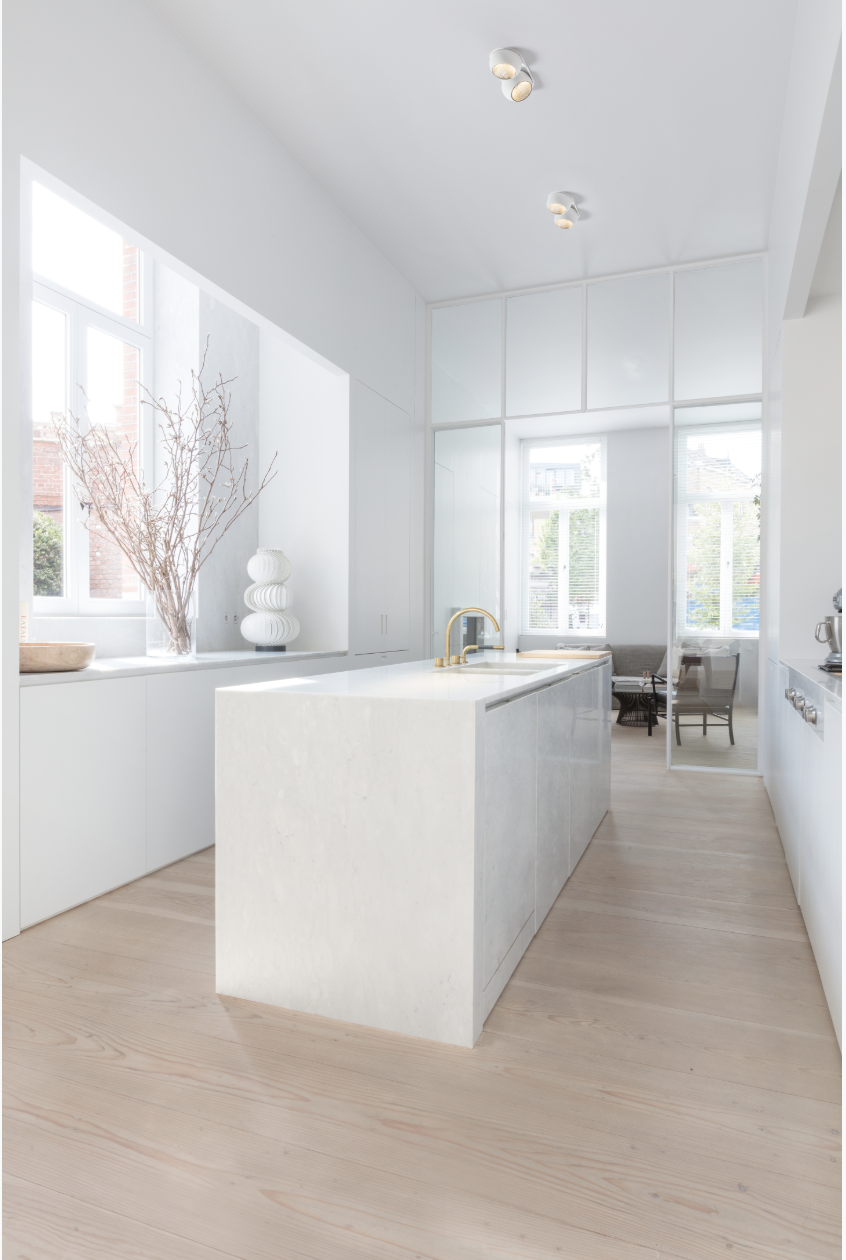
A frontrunner in high-end architectural lighting, Modular Lighting Instruments is a Belgian-bred company that marries science, innovation and fashion, creating lighting pieces that are at once avant garde and timeless in design. Earlier this month I had the opportunity to sit down with John Yriberri, Modular Lighting Instruments North America Market Leader, to learn more about this spirited company, discussing the link between lighting and wellness, and how Modular Lighting Instruments is using that information in their own product development while also discussing a variety of design trends and technology that are popular this year.

INTERVIEW:
LC: Modular Lighting Instruments is a pioneer in the architectural lighting industry, but with a distinctive edge. Tell us more about how the company came to be, and how you foster your unique brand of eccentrism.
JY: The company was founded nearly 40 years ago in 1980 by Paul Rommens. We are headquartered in Roeselare, about an hour outside of Brussels in the western part of Belgium.
At the time, Paul’s only source for higher-end projects was traveling to Italy to buy high-quality products. So, instead of continuing to travel back and forth, he decided to create his own lighting brand—one that embodied Paul’s personality and interpreted his interest in edginess and eroticism into a timeless brand.
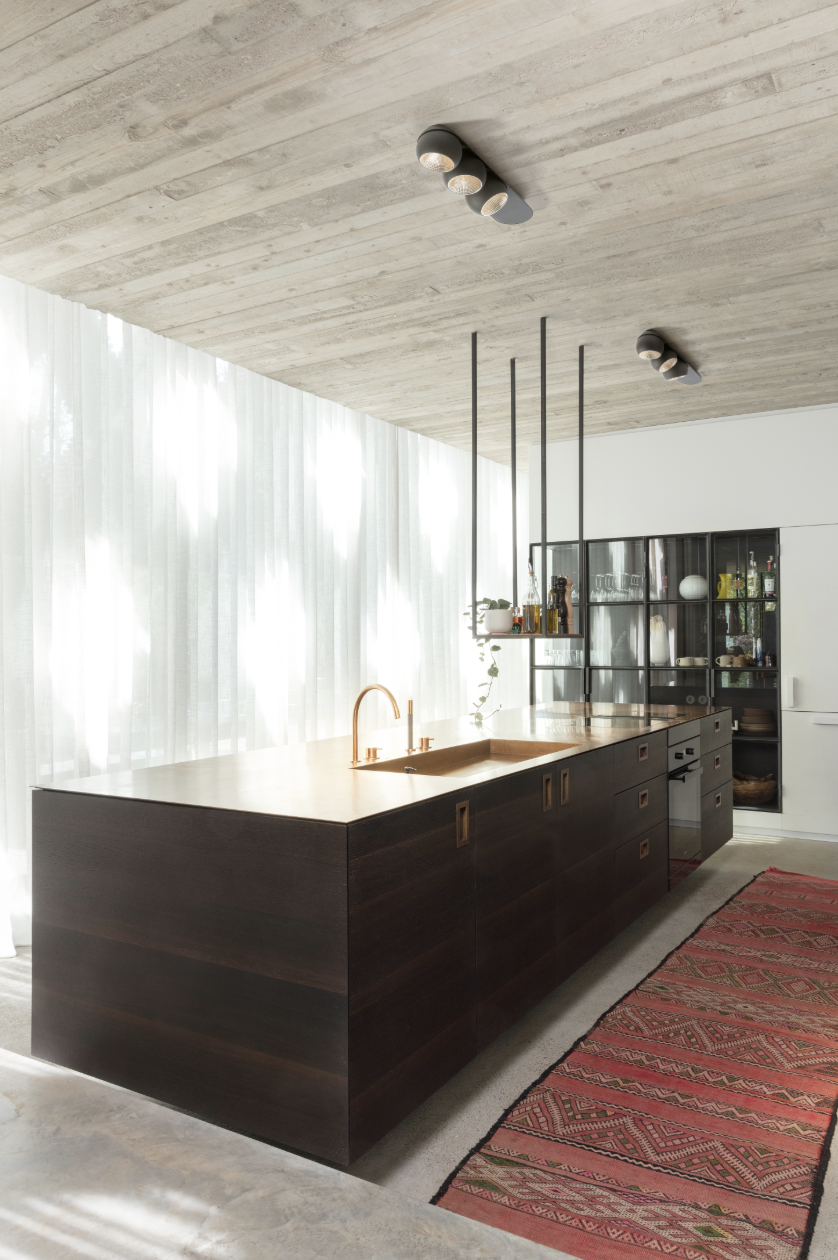
LC: The movement toward wellness-centered interior design is rapidly expanding, and lighting certainly plays an important role in it. What are the most common ways lighting impacts our well being, for better or worse?
JY: Creating lighting schemes that consider the wellness of a space’s inhabitants is all about selecting the right light, in the right amount, for the right place. It’s important to understand the spectrum, minimize glare, and plan for the right lumen output and beam spread, depending on the project application. We can now create lighting products that can manipulate color temperature and Color Rendering Index (CRI) to imitate sunlight, which can help to mimic our circadian rhythm.
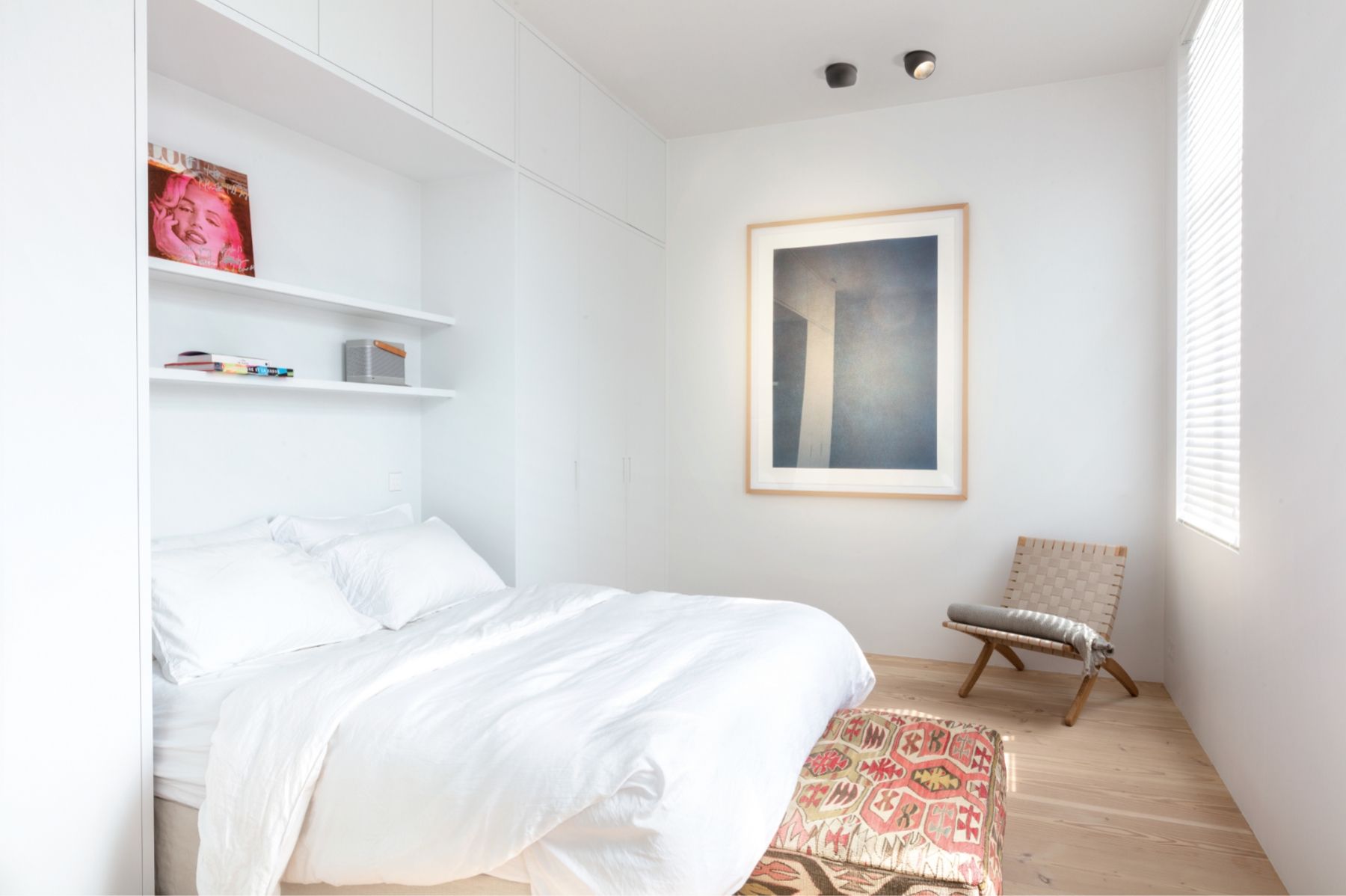
LC: The industry is right in the middle of fall markets, coming fresh off of Maison et Objet and now preparing for High Point. What new lighting trends and innovation are you seeing in the market, and what does MLI have in store for us for the coming season?
JY: When creating any fixture, Modular Lighting Instruments puts design excellence at the forefront. We try to elevate our products by solving problems through good design, such as eliminating visible bolts and screws for a more streamlined aesthetic that works in a multitude of spaces.
When LED technology was introduced into the consumer market in the late 2000s, the industry spent the following years trying to transition existing lamps—such as halogen, fluorescent, and incandescent—to LED. Many of the last 10 years have been spent replacing outdated and less energy efficient bulbs with LED models. Now that LEDs have become so widespread, we have the ability to start from scratch and flex our creative muscles to design new fixtures that display the full power and versatility of LEDs—especially owing to the compact sizing of LED modules. Consequently, the trend is now moving toward miniaturization. In fact, the theme of Modular Lighting Instruments’ Fall launch is all about miniaturization, while maintaining the quality of light consumers are accustomed to.
LC: What materials can we expect to see in MLI’s next collections?
JY: We always consider our use of materials, which is why we primarily use aluminum and glass to manufacture our products—which are sustainable materials that don’t degrade in lighting applications. We also use a special powder coating that is applied in-house, for a superior finish.
LC: What roles will these materials play in their respective product’s lifecycle?
JY: Modular Lighting Instruments builds products to last. We focus on creating products that will last many generations, aiming to minimize each fixture’s impact on the planet and supporting the company’s dedication to sustainability. Through timeless designs and high-quality products, we hope to create light fixtures that everyone can benefit from. In addition, today’s LED fixtures have a lifespan that is 10 times longer than previous lamps, without adding cost.
LC: One topic we hope to hear a lot about at High Point is sustainability. What are your thoughts on how we move toward sustainable production in this industry?
JY: There have been a lot of thoughts on how we move toward sustainable production at Modular Lighting Instruments. We have had to rethink our product and production strategies and shift toward sustainable measures. From a sourcing standpoint in the U.S., we manufacture in Michigan to streamline our supply chain and avoid the unnecessary cost of shipping overseas.
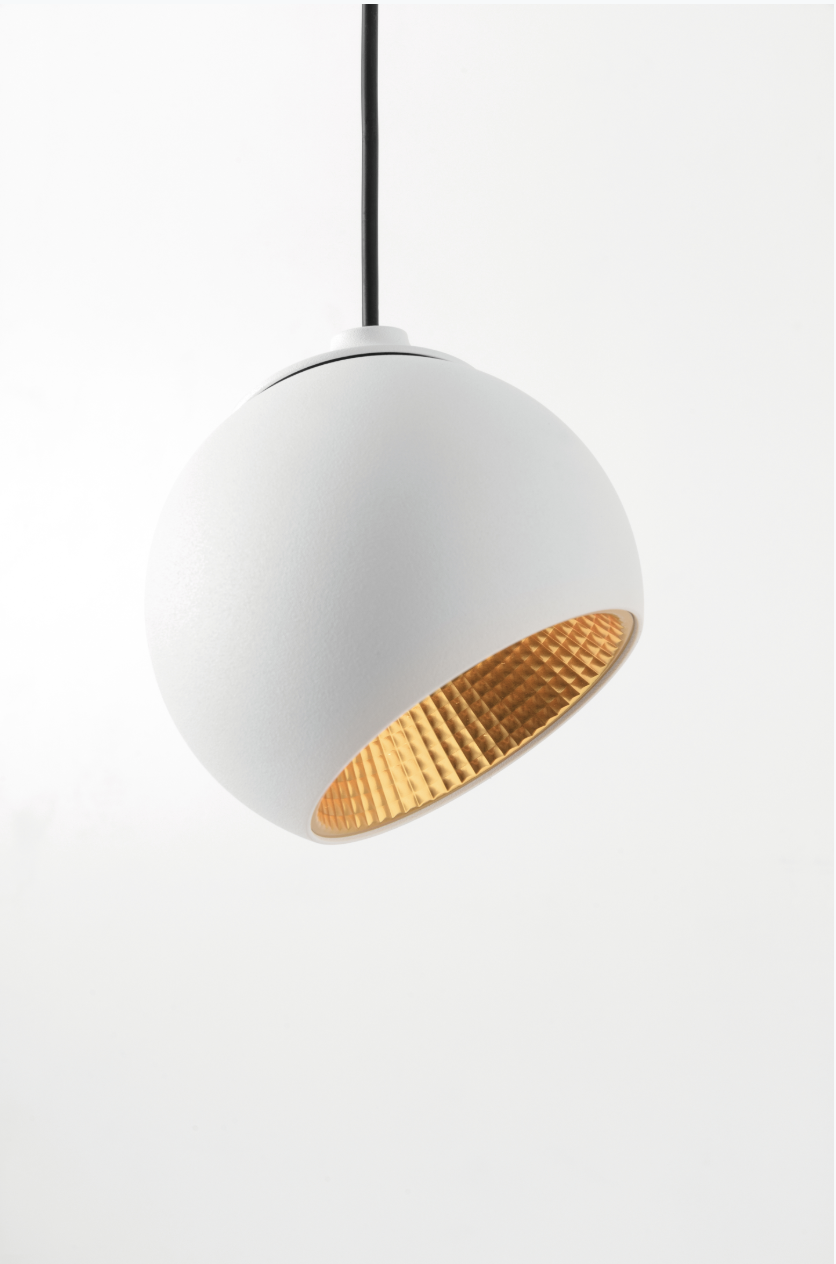
LC: Introducing interior design-based wellness and sustainability into our own spaces can feel daunting. What is one lighting change we can make today to positively impact our inner well being or the planet’s (or both!)?
JY: Integrating a quality dimmer into your existing lighting scheme is one thing you can easily do today. Bad lighting is not only visually bothersome, but can actually affect your melatonin suppression—often times, dimming lighting can help relegate that. However, users must ensure that a compatible dimmer is selected to avoid additional stressors such as flicker.
LC: Do you find that it is an instinctual draw towards certain pieces for clients? Do you get requests for ways to enhance wellbeing through lighting?
JY: Generally speaking, designers are drawn toward certain light fixtures because they solve a specific problem or they are top of mind for a project they are working on. In terms of wellness and wellbeing, we are starting to have these discussions more and more—at conferences and trade shows— in environments where the designers aren’t constrained by a tight timeline or urgent product need, where they can explore the different options and benefits to human-centric lighting.
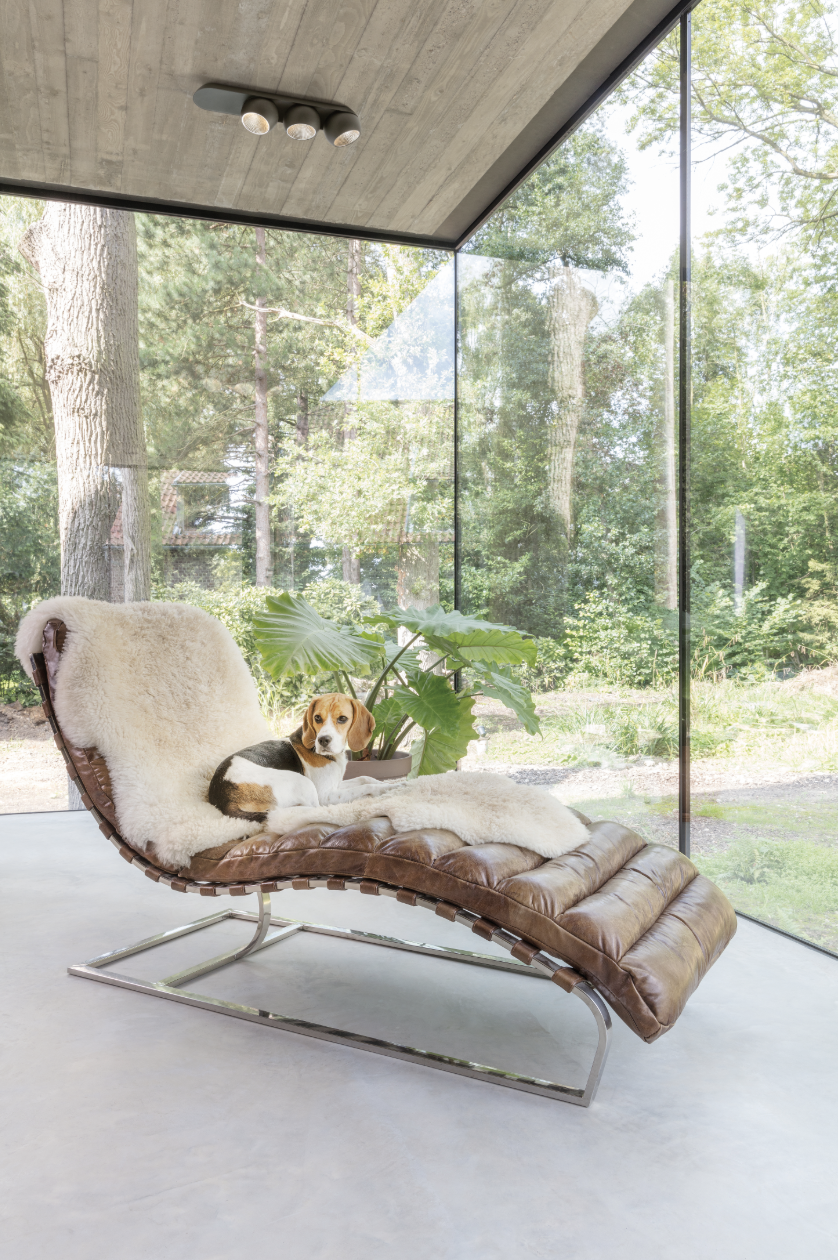
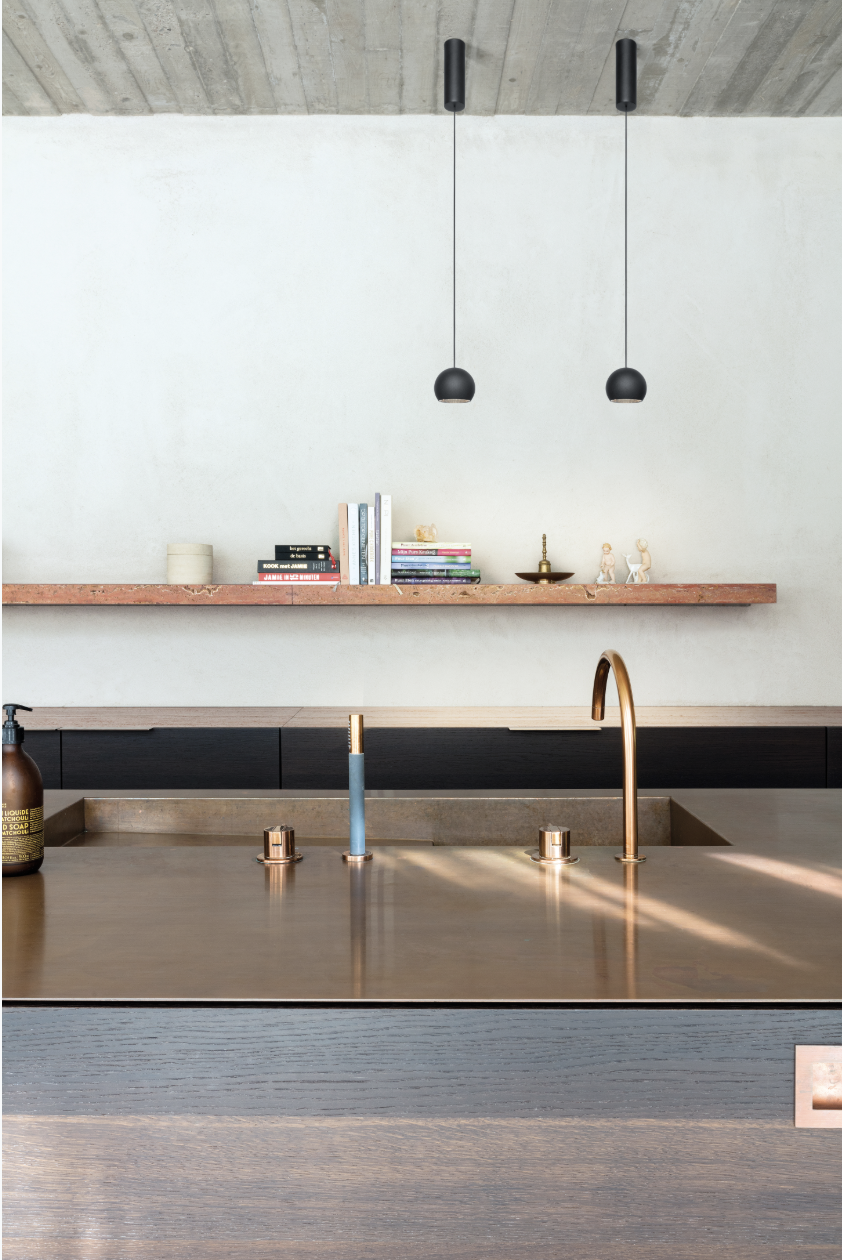
LC: You are self described as an architectural lighting company, an idea of how lighting interacts with serving human needs. How do you find this differs in designing for residences, hospitality spaces, offices and beyond?
JY: In its simplest form, artificial lighting serves our need to see after the sun sets, but now we’re at a point where we can use it more strategically. Because we spend so much time indoors, people want to be comfortable in enclosed spaces—specifically ones most of us spend a large chunk of our time in: the home and the office. In the past, there were distinctive differences between office and residential lighting, but now commercial spaces are adopting more residential styles of lighting that provide a greater sense of comfort. Even so, designers have to maintain a balance between functional working areas and common areas—ensuring employees can be alert and productive—but comfort is always key.
LC: What is next for Modular Lighting Instruments? As a company staying on top with innovative designs, where is the new step for you?
JY: We continue to dare to be ourselves! The integration of design and technology is our main focus in everything we do. We have some exciting new product launches planned for our North American market, which includes connectivity solutions that will be launched in December, and a series of miniature LED fixtures.
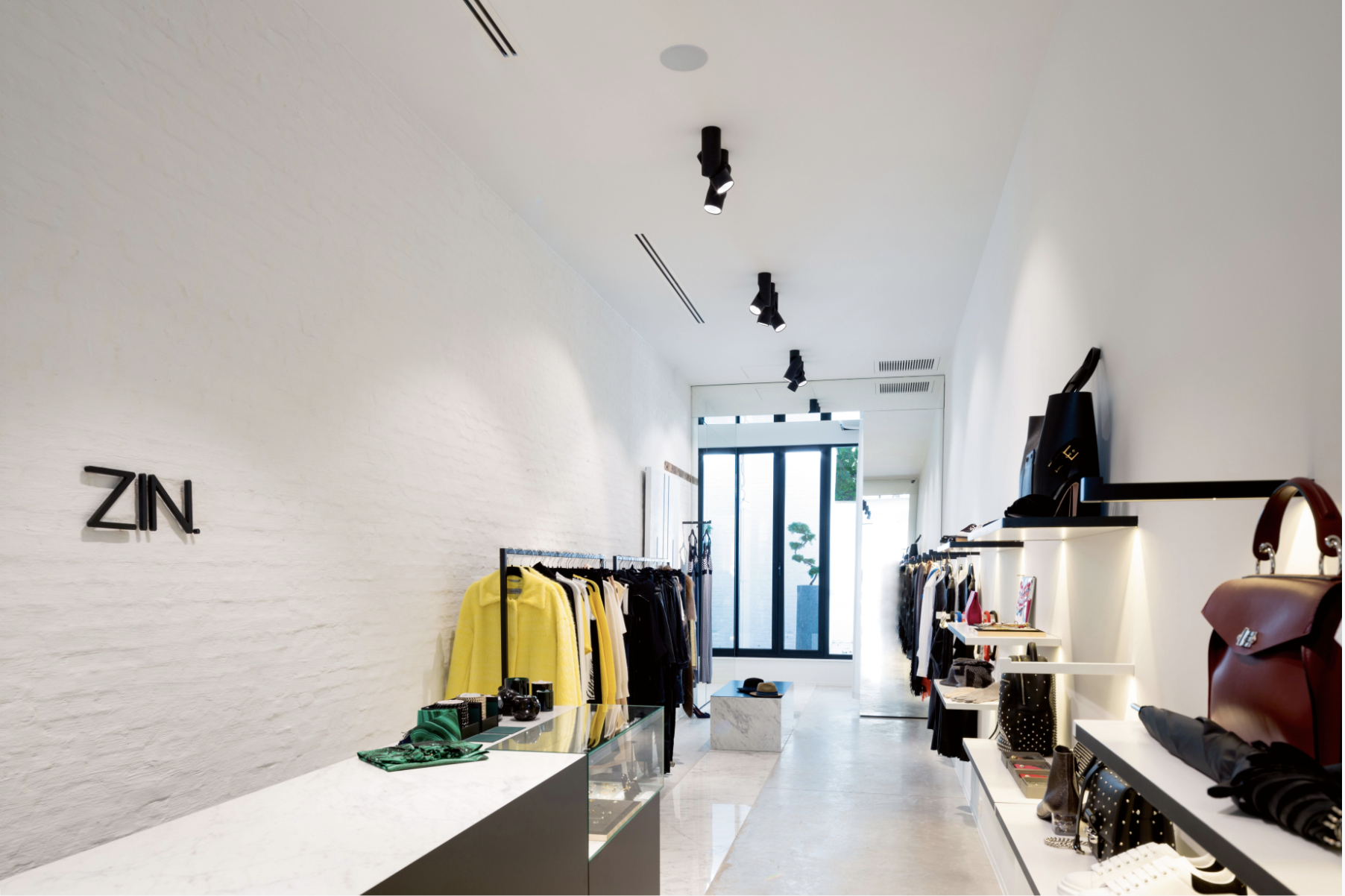
Thank you to John Yriberri and Modular Lighting Instruments for this enlightening discussion, and I look forward to future collaborations with your dynamic company! For more information on Modular Lighting Instruments, please visit www.supermodular.us.
